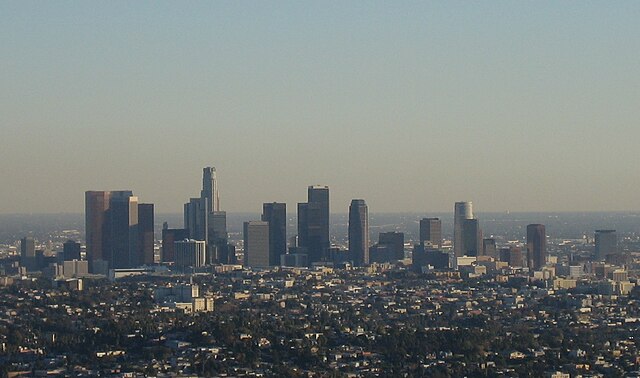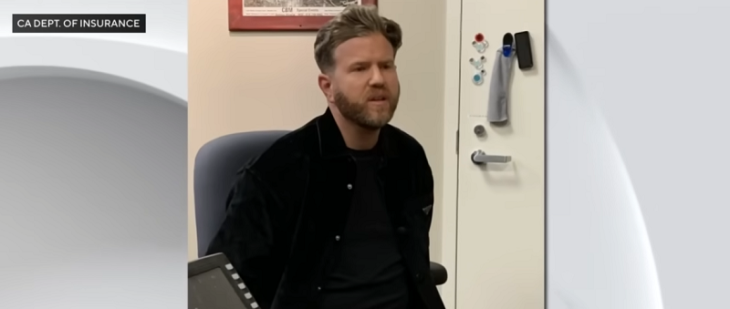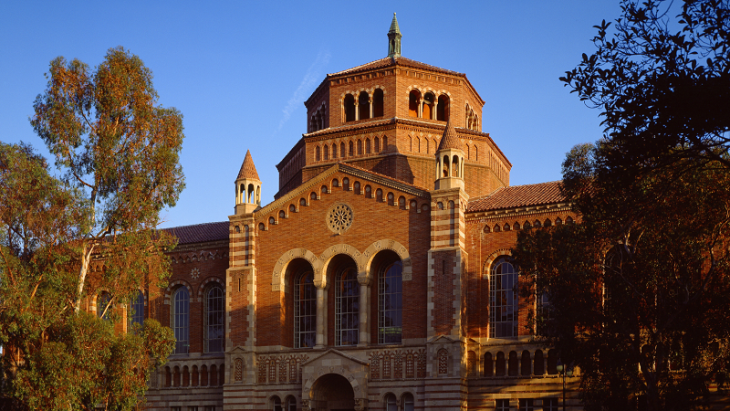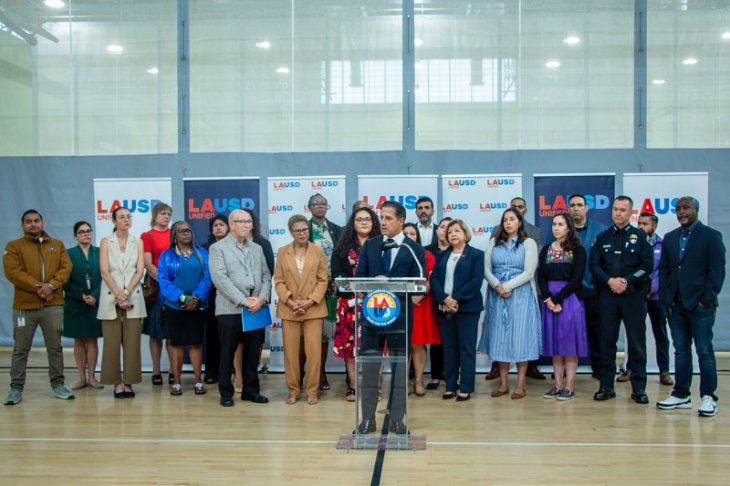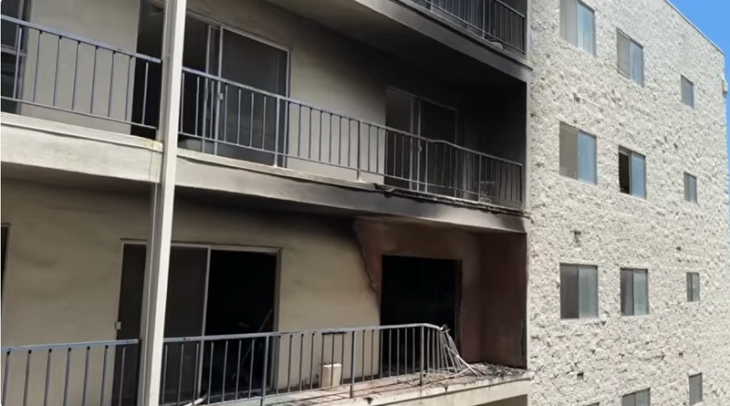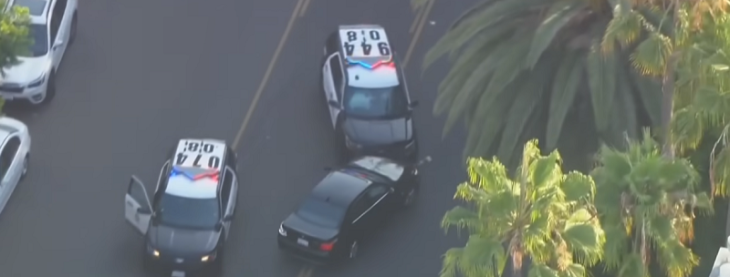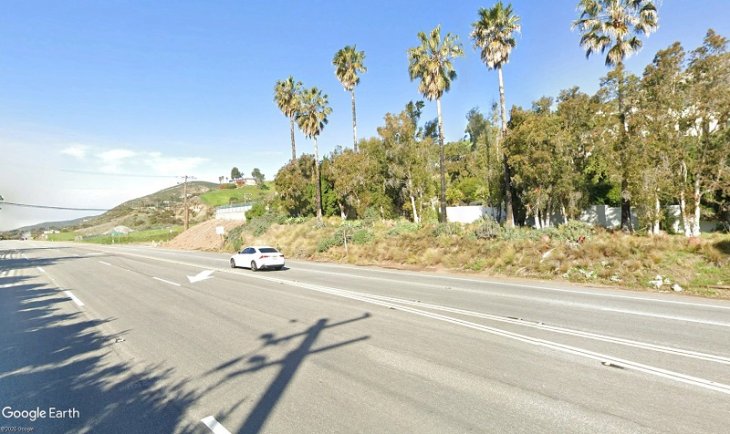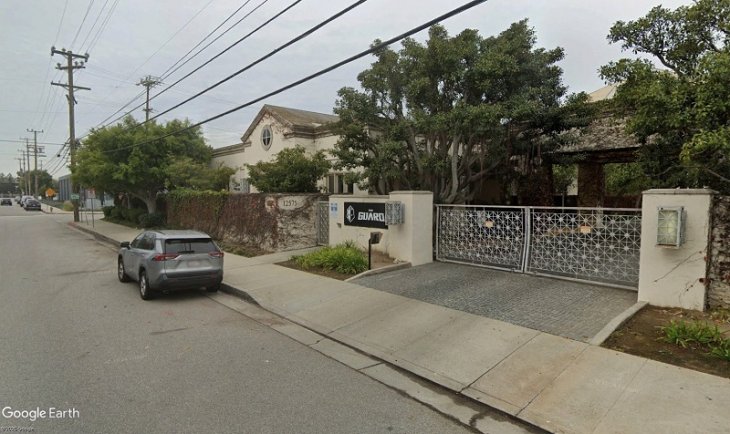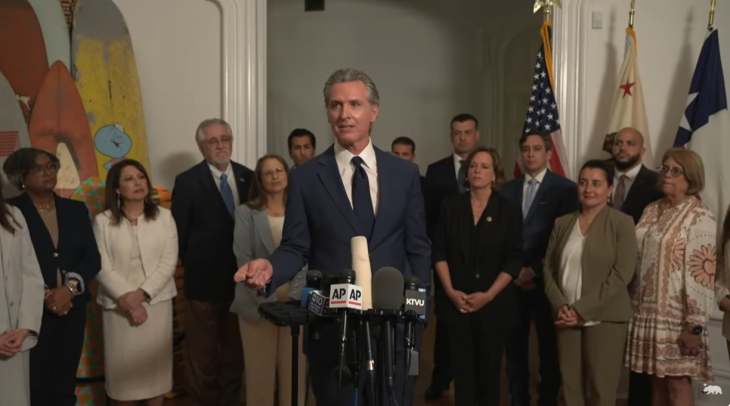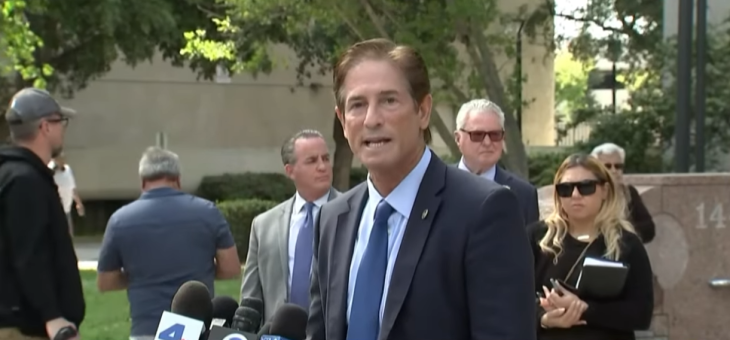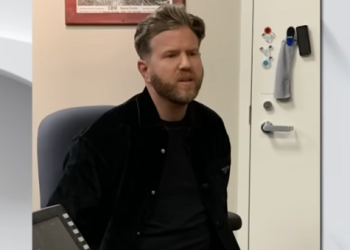Governor Gavin Newsom and legislative leaders are pushing to reauthorize the program this year, citing its role in generating 287,000 jobs
A new study released this week by the Environmental Defense Fund and Greenline Insights underscores the economic stakes of extending California’s Cap-and-Trade program, known as Cap-and-Invest, through 2045, with significant implications for Los Angeles County.
Governor Gavin Newsom and legislative leaders are pushing to reauthorize the program this year, citing its role in generating 287,000 jobs and $55 billion in economic growth statewide, alongside $232 million in net household savings.
In Los Angeles County specifically, the study projects the creation of 68,100 new jobs between 2031 and 2045, driven by $11.1 billion in economic activity. Key industries benefiting include construction, professional services, manufacturing, real estate, and wholesale trade, with top occupations ranging from construction workers to management roles. The program is expected to raise a minimum of $47 billion for California Climate Investments, funding priorities like transportation, affordable housing, fire prevention, and clean energy, with Los Angeles seeing $13.9 billion in projected investments and 6.3% higher pay for new jobs compared to the county median.
The report notes that these benefits could grow with a more ambitious program design, particularly aiding low- and moderate-income households with accessible, well-paying jobs and cash benefits, including net savings for those earning under $100,000 annually. However, uncertainty over the program’s extension has already cost the state up to $3 billion in potential revenue over the past year due to poor auction results, with Clean and Prosperous California estimating losses of $600 million to $1 billion per quarterly auction until reauthorization.
Newsom, alongside Assembly Speaker Robert Rivas and Senate Pro Tempore Mike McGuire, emphasized the program’s success, noting its $28 billion investment over the past decade has reduced emissions equivalent to removing 80% of the state’s gas cars from the road.

